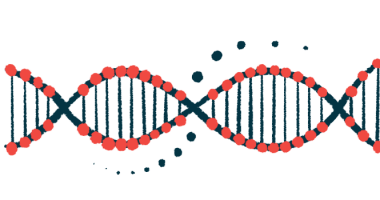Symptoms of AADC Deficiency
Anxiety and Depression
Symptoms of AADC deficiency can be wide-ranging; patients often experience stress, movement disorders, fatigue, autonomic dysfunction, and seizures. These symptoms can have a considerable impact on patients’ quality of life, which can lead to anxiety and depression.
Signs of anxiety include excessive sweating, trembling, sensations of shortness of breath, a feeling of tightness in the chest, and an increased heart rate, while depression affects an individual’s mood and key daily life activities such as thinking, sleeping, and eating.
Autonomic Dysfunction
Autonomic dysfunction refers to a dysregulation in involuntary bodily organ processes such as such as heart and respiratory rate, blood pressure, digestion, and pupillary response. In AADC deficiency, mutations in the DDC gene result in lowered serotonin and dopamine levels, which can lead to autonomic dysfunction.
Some symptoms include low blood pressure, increased or decreased sweating, difficulties in controlling body temperature, drooping eyelids, and drooling.
Fatigue
Fatigue is a common symptom of AADC deficiency. It is defined as a feeling of exhaustion that lowers energy levels, motivation, concentration, and the ability to perform daily activities. Fatigue can also adversely affect mood, attention span, memory, cognitive, and communication skills.
Chronic fatigue can occur in AADC deficiency patients as muscles become weak and cannot generate enough force to perform daily tasks.
Movement Disorders
Because AADC deficiency causes an imbalance in the levels of dopamine and serotonin, which help the brain communicate with the rest of the body, movement disorders are common in people with the disease.
Oculogyric Crises
Oculogyric crises are eye movement disorders in which the gaze is involuntarily fixed upward due to spasms in the eye muscles that support eye movement. Patients are unable to move their eyes away during oculogyric crises. Oculogyric crises are usually accompanied by an open mouth, protruding tongue, restricted neck movement, and lip-smacking.
Oculogyric crises can last for minutes in the early stages of AADC deficiency. However, as the condition progresses, these episodes may last for hours.
Seizures
Because AADC deficiency is caused by communication problems between nerve cells in the brain and other parts of the body, some patients may experience seizures. Seizures do not occur in every patient with AADC deficiency and documentation is limited, but there have been reports of patients experiencing generalized tonic-clonic seizures, which are characterized by stiff muscles and jerking movements.






